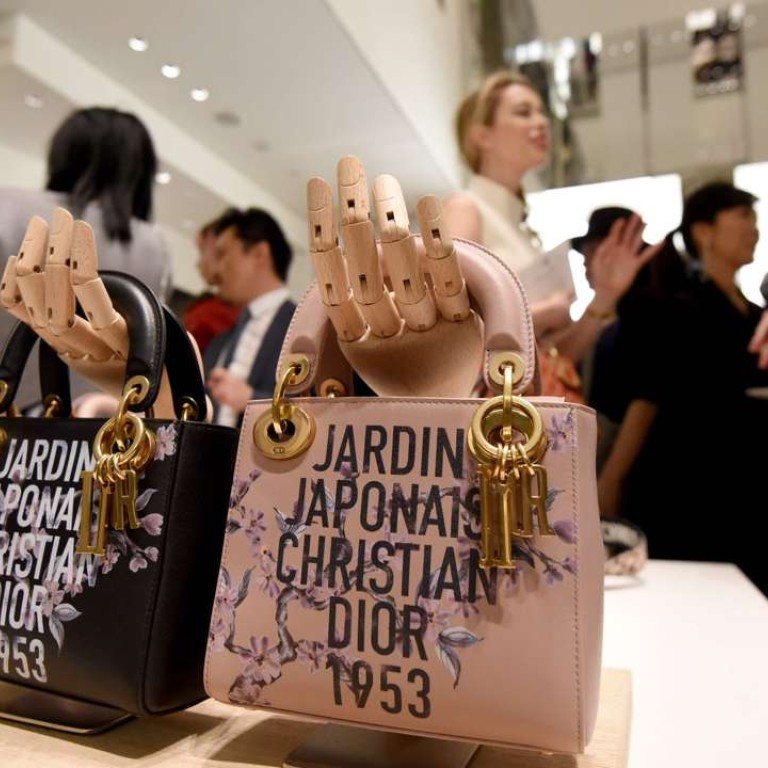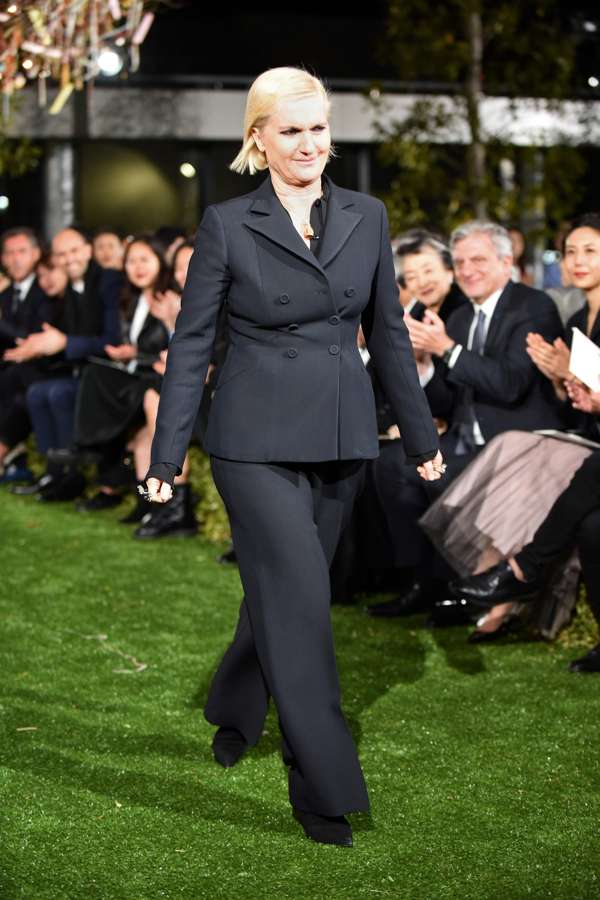
New 13-storey luxury mall Ginza Six proves Japan is still a player in the global high-end market
In the world’s number-two luxury market, Chanel, Dior and Prada try to attract foreign spenders, including wealthy Chinese, while staying loyal to the domestic market, but less interest from young locals bodes ill for the future
Tight-fisted shoppers, unsteady economic growth and a shrinking population: Japan doesn’t exactly fit the image of a spending powerhouse these days.
But you would never know it in Ginza – Tokyo’s answer to the Champs-Élysées or Fifth Avenue – where a new 13-storey upscale mall is proving that Japan is still a whale in the luxury business.
The country logs some US$22.7 billion in annual spending on top-end goods made by brands including Chanel, Dior and Prada, ranking it as the world’s number-two luxury market behind the United States.

“Luxury products may be more expensive, but they are very well-made,” says 79-year-old Toshiko Obu, carrying her Fendi bag outside the 241-store Ginza Six building, which has been drawing big crowds since last week’s opening.
Japan is renowned among the world’s priciest retailers for its discriminating clientele – Chanel tries to keep local customers physically separated from tourists packing more cash than class.
“You shouldn’t forget that a big portion of the luxury clientele is here in Japan,” says Sidney Toledano, chairman and chief executive of Christian Dior Couture, at the opening of Ginza Six. “It remains a strategic market for luxury and, I’d say, true luxury.”

Dior is counting on Japan’s luxury market to rise this year, while rival Chanel is also expecting an upbeat 2017, after global sales of personal luxury goods barely grew last year.
“We did not lose our character,” says Richard Collasse, head of Chanel in Japan. “There are brands that are suffering – the ones that at some stage stopped investing in Japan because China was the new El Dorado. And today they are biting their fingernails.”
Few brands predicted that deep-pocketed Chinese shoppers visiting Japan would support its luxury market, with tourists accounting for about one-third of top-end spending. Japan is hoping to land 40 million visitors in 2020, the year that Tokyo hosts the Olympics. Last year, some six million Chinese visited, compared with 2.4 million in 2014.
Why Dior’s Tokyo store doesn’t target Chinese tourists
“Historically, [Japan has] been a very insular luxury market where 90 to 95 per cent of the spending was by locals,” says Joëlle de Montgolfier, the Paris-based director of consumer and luxury product research at consultancy Bain & Company. But now some 30 per cent of sales are generated by foreign visitors owing to tourism, she adds.
The loyal Japanese clients tend to run away from customers who were not very well raised and are wearing whatever or lying all over the sofa, touching everything
A stronger yen dented visitors’ purchasing power last year, with luxury sales down 1 per cent, after a 9 per cent rise in 2015.
Dior’s Toledano says it is an opportunity to refocus on Japanese clientele. “We don’t ignore tourists, of course, but we’re not a duty-free shop,” he adds.
Some other Chanel shops in Tokyo have a separate cosmetics and perfume section reserved for top Japanese customers, in a bid to keep them away from the nouveau riche crowd. The company also tips off local clientele about the expected arrival time of tourist buses so they can avoid them.

“The loyal Japanese clients tend to run away from customers who were not very well raised and are wearing whatever or lying all over the sofa, touching everything,” says Chanel’s Collasse.
Dior’s haute couture show at Ginza Six’s opening featured Japanese-inspired dresses, underscoring a focus on the local market.
But warning signs lurk behind smiling clerks and glitzy interiors at the new property on one of the world’s priciest shopping streets. Japan has struggled to reverse a decades-long economic slump while a falling population continues to shrink its labour force – and the pool of future luxury consumers.
Younger people, many on tenuous work contracts, don’t have the money or the same interest in luxury brands any more. This is especially since top-end goods can now be rented online instead, says Naoko Kuga, a consumer lifestyle analyst at Tokyo’s NLI Research Institute.
“When you look at consumer purchasing behaviour, younger people put less value on luxury-brand products” than previous generations do, Kuga says.

.png?itok=arIb17P0)